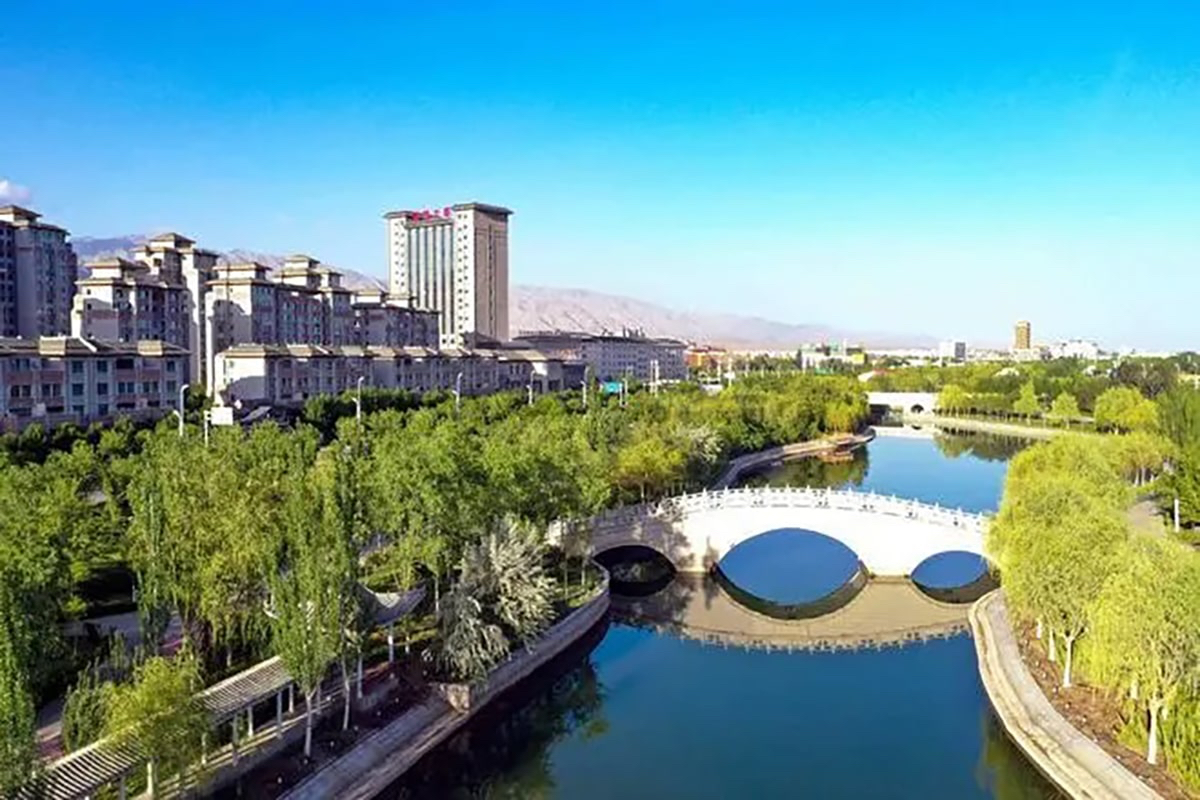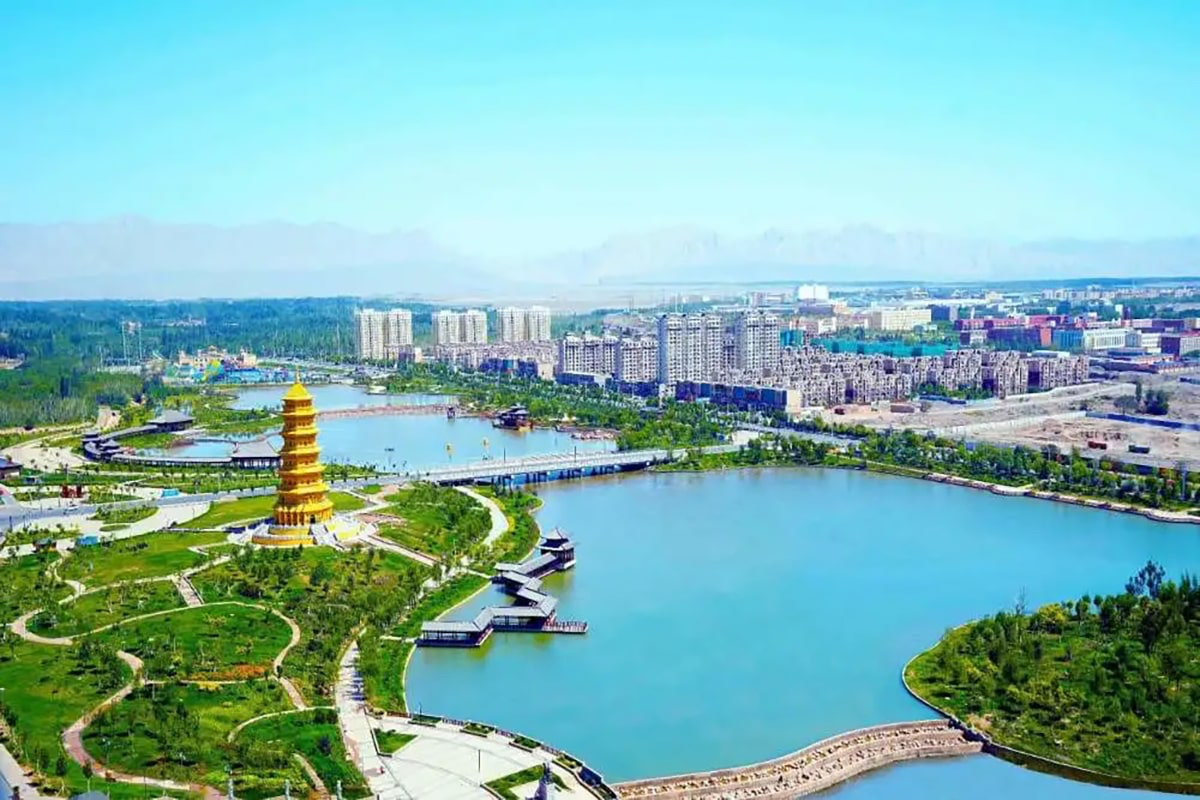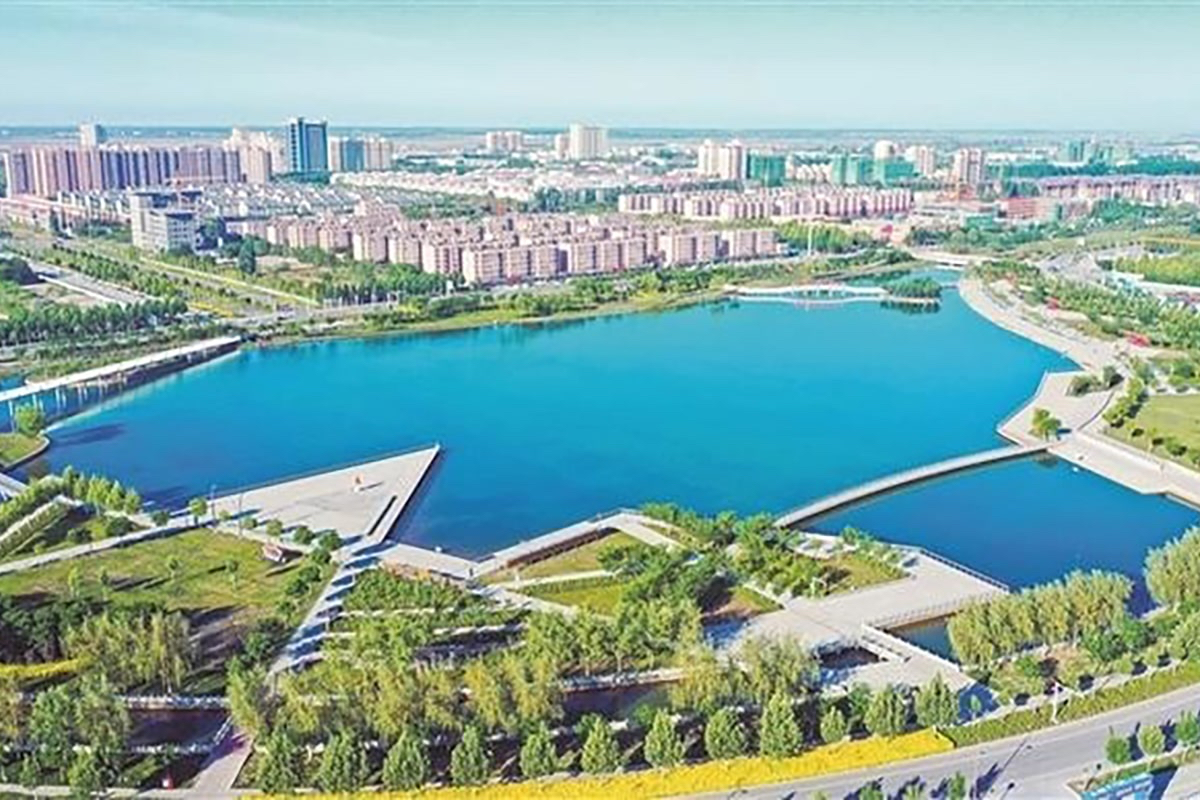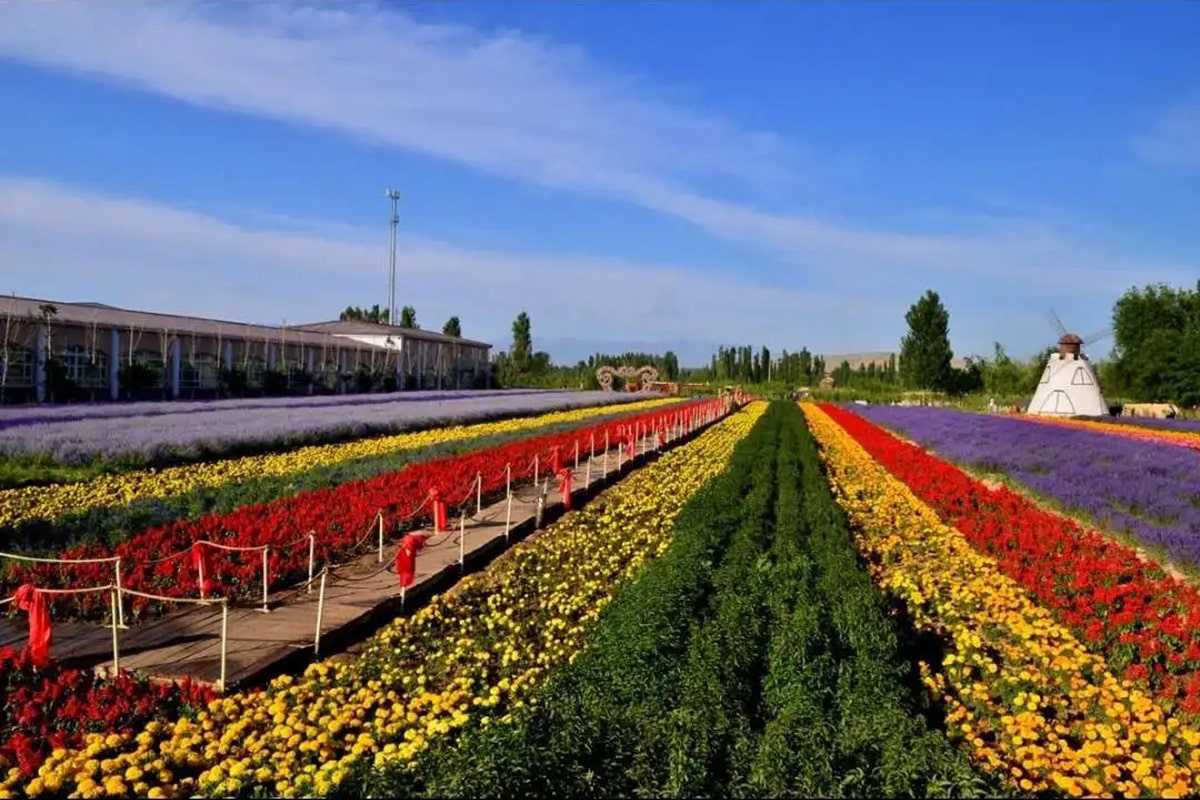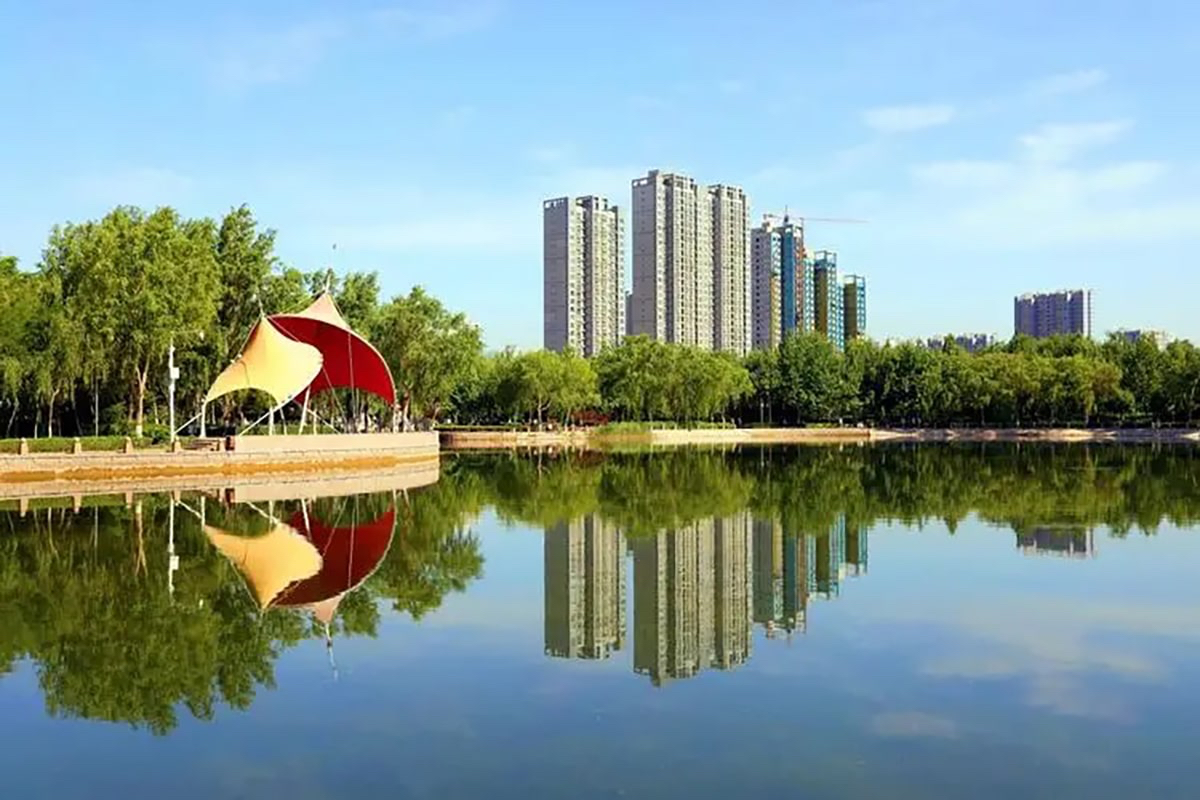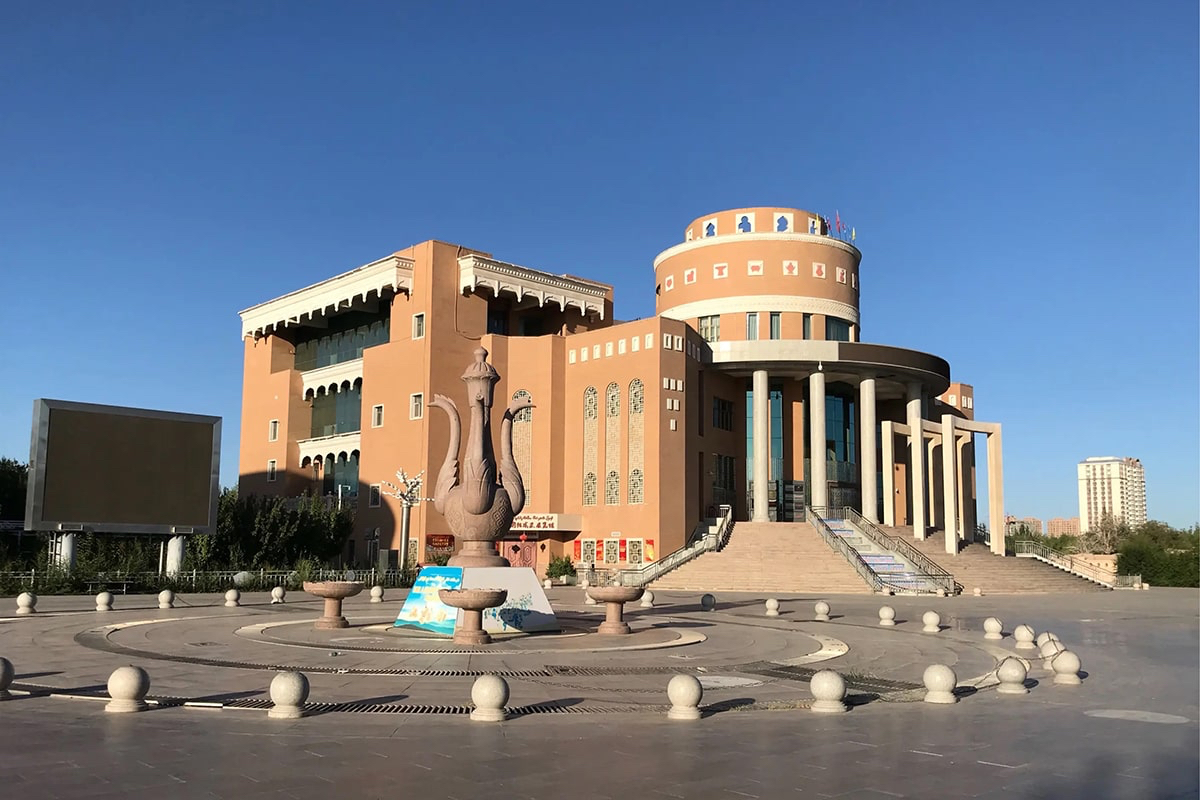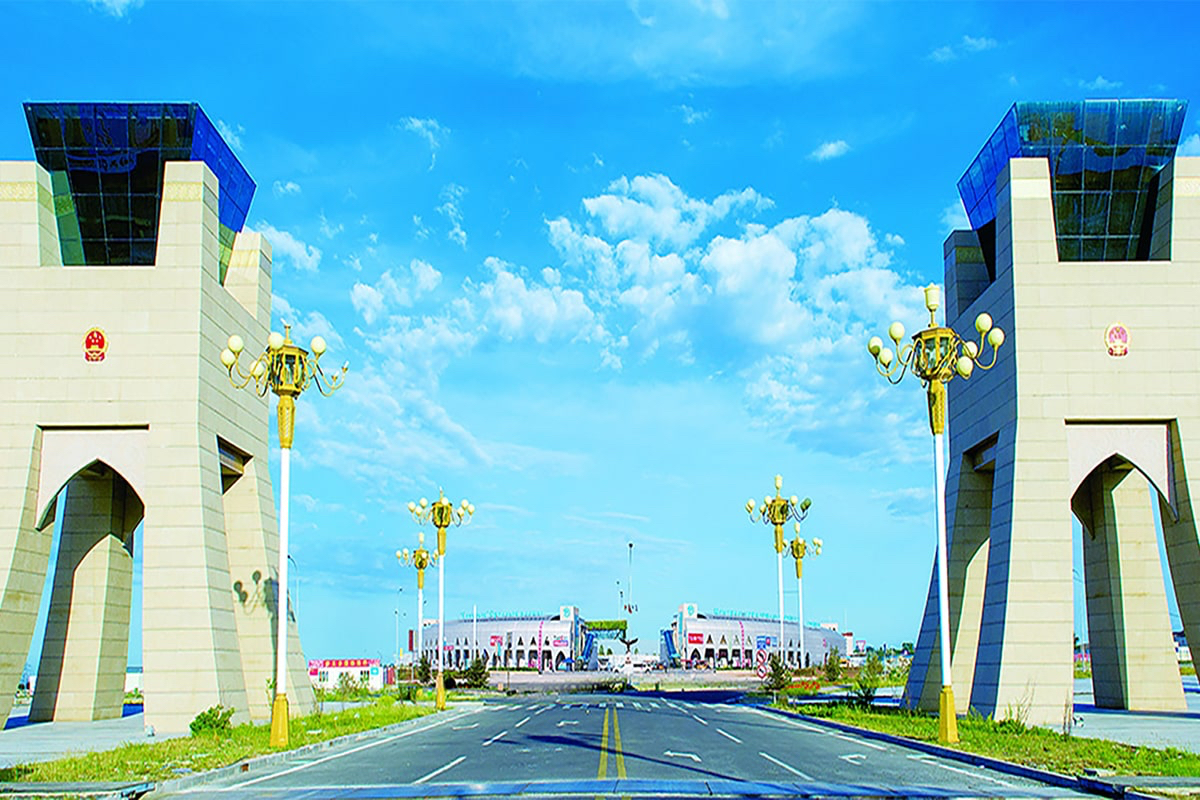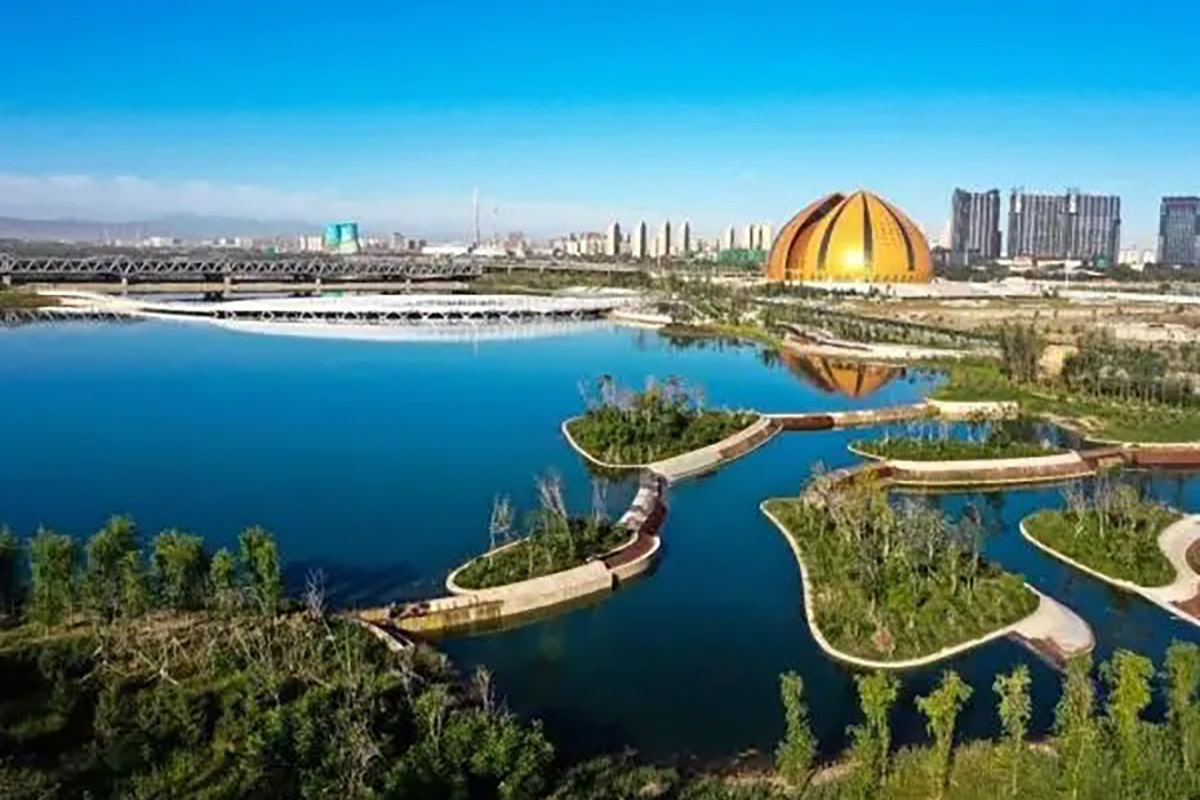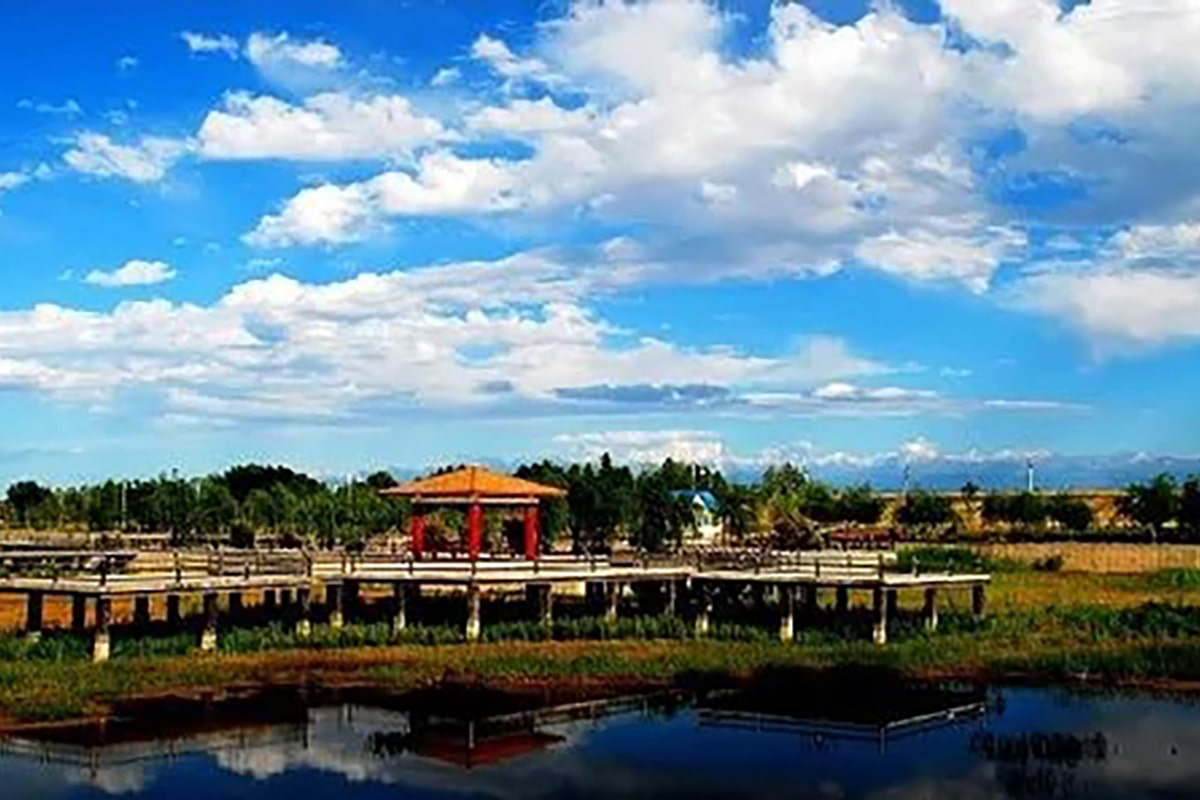Tacheng Travel Guide
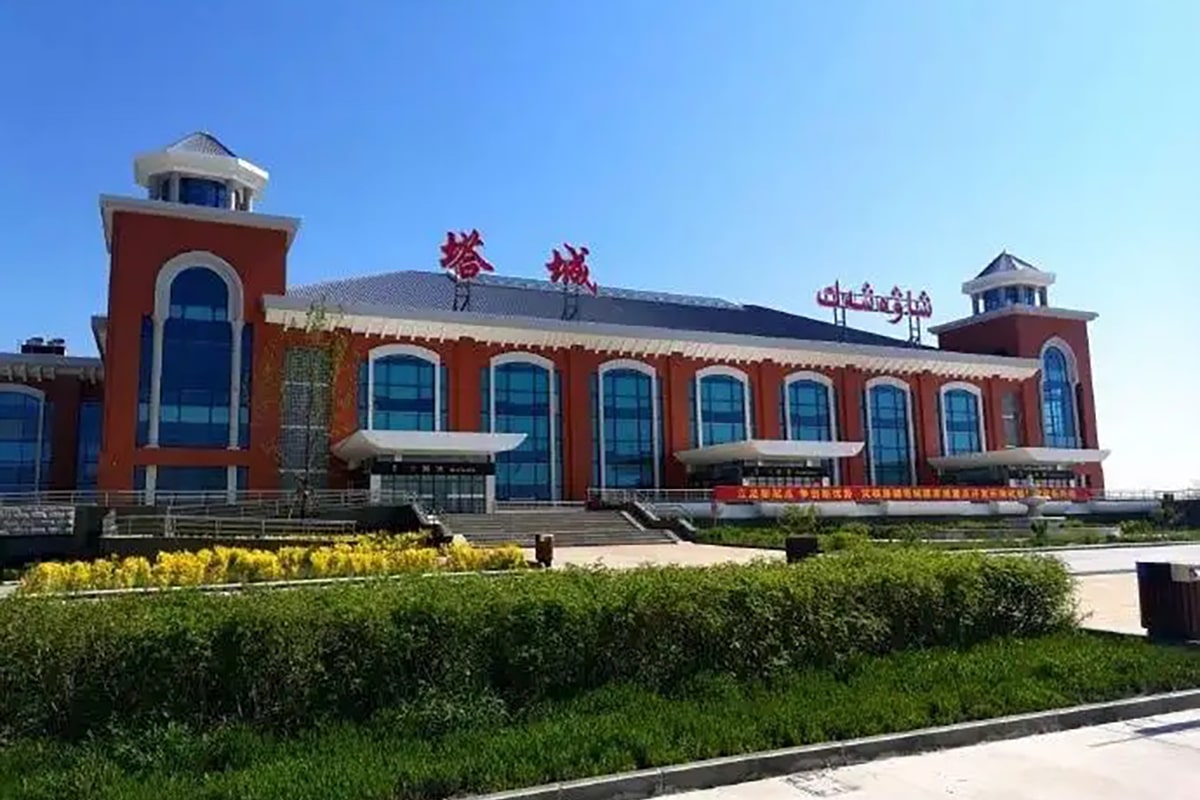
Tacheng is a county level city belonging to Tacheng Prefecture of Xinjiang Uygur Autonomous Region, China. It is located in the northwest of Xinjiang Uygur Autonomous Region with Western Junggar Mountains in the north, northern Tianshan Mountains in the south, Junggar Basin in the central and eastern parts. The terrain has many characteristics and it belongs to the temperate arid and semi-arid climate. It covers an area of 4,356 square kilometers and is 530 kilometers away from Urumqi, the capital city of Xinjiang with a population of 158,100. There are 33 ethnic minorities in the city including Han, Kazakh and other ethnic groups. With rivers and lakes, customs, food and other cultures of many ethnic groups blend together, forming the "unique diversified folk customs of Tacheng", known as the Museum of Xinjiang Folk Customs.
The ancient Tacheng City was once one of the important passages on the Silk Road. Tacheng is an important town in the western part of Xinjiang and a world famous commercial port for more than 100 years. As an overland treaty port, Baktu Port has a history for more than 200 years. It used to be a gathering place for Chinese and foreign merchants and an important commercial port for foreign trade. In 1992, Bhaktu Port has been officially opened to the outside world, becoming one of the three first class ports in Xinjiang open to third countries.
● What to do & where to go in Tacheng
Kulustai Grassland spans Tacheng City, Emin County, Tori County and Yumin County, making it the second largest plain grassland in China. Here there are endless natural grasslands and thousands of acres of contiguous secondary willow forest.
The Red Building Museum is a landmark building in the city with a long history.
Tal Bahatai Mountain is located in the north of the city, known as the "North Mountain". The North Mountain lies on the border between China and the Republic of Kazakhstan (with the watershed as the boundary). The mountain is not high but the excellent summer pasture of the city. The famous scenic spots are the Wo Yijia Yilao Pasture, Kezibieti, Shimenzi and so on.
Two Pagoda Park is named after the two ancient pagodas in the park which were named as the seventh batch of national key cultural relics under protection.
The Fishing Park is located 2 kilometers northwest of the city built in 1996, covering an area of more than 100 hectares. It is a comprehensive idyllic park integrating fishing, viewing and recreation. There are 4 artificial lakes and 108 fishing platforms, hence the name of the fishing park.
● What to eat in Tacheng
Tacheng air-dried meat includes air-dried beef, air-dried horse meat, air-dried mutton, air-dried fish and so on. Bew is a kind of beer made by the local Russian ethnic group in Tacheng. It is brewed with dry bread and its color is similar to beer but slightly red. It is moderately sour and sweet and similar to sour plum soup. Baked stuffed bun, rice noodles, smoked horse meat sausage, pastry, ice cream and so on.
● Transportation
Railway: N/A
Highway: Tacheng City is six and half hours to Urumqi.
Airport: Tacheng Qianquan Airport has flights to seven cities in Xinjiang: Urumqi, Shihezi, Korla, Aksu, Yining and Altay and Shenyang in northeast China.
● Climate
Taicheng City has a mid-temperate continental arid climate with long cold winter and short hot summer. The temperature rises quickly in spring and drops rapidly in autumn with an average annual temperature of 6.0℃ and an average annual precipitation of 291 mm.
- HOTEST
- RECOMMEND
